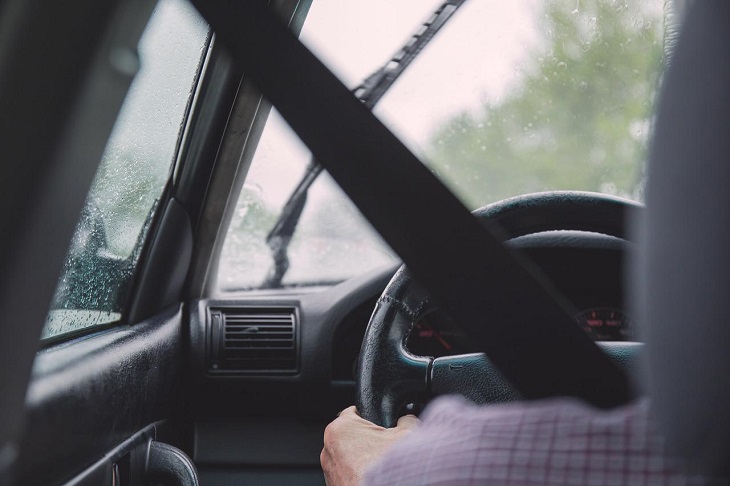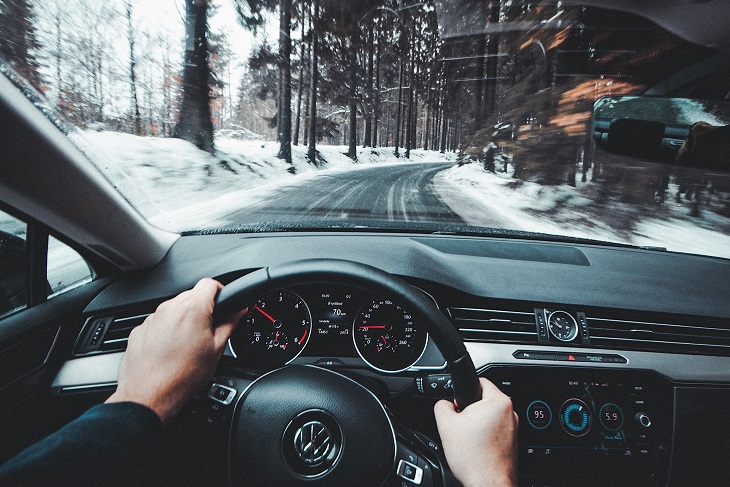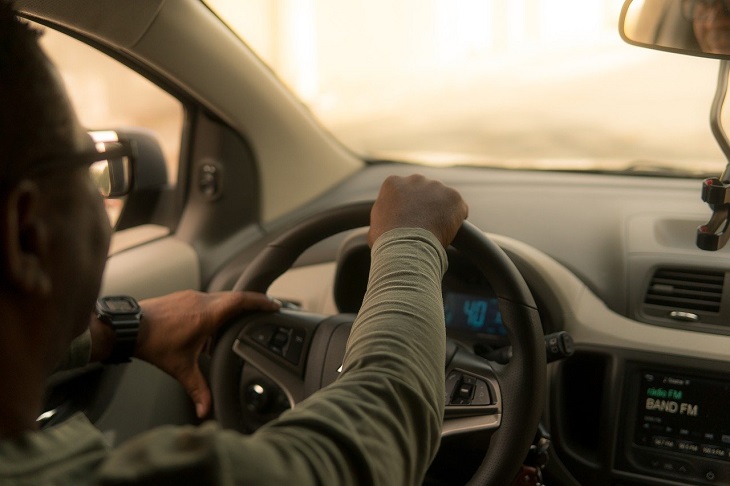Driving with a disability can pose some specific challenges. Many disabled drivers need to operate vehicles that have been adapted or modified in some way. There’s plenty of good advice for disabled drivers out there, and following it will help you keep yourself, your passengers, and other road users safe.
There are several ways you can learn how to drive safely with a disability. One option is to attend a driving school for adults with disabilities. These schools teach people with disabilities how to drive as safely and effectively as possible. You can also find a lot of good information online about how to drive safely with a disability (including right here!).
Read on as we outline 10 driving tips that all disabled drivers should know.
Disabled Driving Tips
Here are our top 10 driving tips that all disabled drivers should know.
1. Drive The Safest Vehicle Possible
One of the most effective ways for disabled drivers to stay safe on the roads is to drive a safe vehicle. Modern vehicle safety systems are highly effective, so driving a newer model vehicle will keep you and your passengers safer than driving an old model.
2. Make Sure Your Vehicle Is Well-Maintained
Another important tip that will help you stay safe is to always make sure your vehicle is well maintained. This means taking it for regular servicing and keeping on top of general vehicle maintenance. A well-maintained vehicle is a safe vehicle.
3. Drive A Vehicle With All Appropriate Disability Adaptations
Disabled drivers need to have all of the appropriate vehicle modifications for their specific disability. Make sure your vehicle has any disability adaptations it needs to make driving safer, easier, and much more enjoyable.
4. Stay As Calm As Possible Behind The Wheel
Stressed-out driving, erratic behavior behind the wheel, and road rage are big causes of injury and death on the roads. Always try to stay as calm as possible when behind the wheel. When you’re calm and collected, you’re much more likely to drive responsibly and safely.
5. Stay Safe By Implementing Defensive Driving
It’s always a good idea to implement defensive driving skills. Defensive driving involves:
- Always having safety as a first priority.
- Being aware of your surroundings.
- Not relying on good driving from other road users.
- Maintaining a safe distance from the vehicle in front.
- Driving at a safe speed.
- Avoiding distractions.
6. Never Drive While Drowsy
Drowsy driving is a major cause of injury and death on the roads. If you’re tired, pull over and take a nap, get some fresh air, or have a coffee.
7. Never Drive Under The Influence Of Alcohol Or Drugs
Driving under the influence of alcohol or drugs is lethal, and never worth the risk. You should also understand the effects of any prescription or over-the-counter medication you may be taking.

8. Always Keep Your Vehicle Stocked With Emergency Equipment
It’s important for disabled drivers to keep their vehicle well-stocked with emergency equipment, such as:
- First aid kit
- Drinking water
- Back-up medication
- Snacks
- Spare tire, tripod jack, wheel wrench
- Tool kit
- Jumper cables
- Flashlight and batteries
- Reflective triangles and a reflective vest
- Fire extinguisher
- Duct tape
- Cell phone and car mobile phone charge
- Warm clothes and blankets
- Snow shovel, snow brush, cat litter for traction
- Windshield washer fluid
9. Avoid Heavy Traffic By Planning Your Route In Advance And Using Satellite Navigation
Being stuck in heavy traffic is stressful and time-consuming. You can usually avoid heavy traffic by planning your journey in advance, traveling at off-peak times if possible, and using satellite navigation.
10. Always Have Your Disabled Parking Permit With You
Always make sure you can avail of disabled parking infrastructure wherever you go by having your disabled parking permit with you at all times.
How To Get A Disabled Parking Permit
You can get a disabled parking permit by applying to your local disabled parking authorities. The first step is to have a consultation with a medical professional licensed in your state. This can be done remotely by video conference and can be arranged online with Dr. Handicap.
Once the medical professional has verified your disability, they will sign an application form and email it to you. You should then complete the application and submit it, either by mail, in person, or in some states online, to your local disabled parking authorities. This will usually be your local Department of Motor Vehicles office. It’s a quick and easy process, so get started today!








